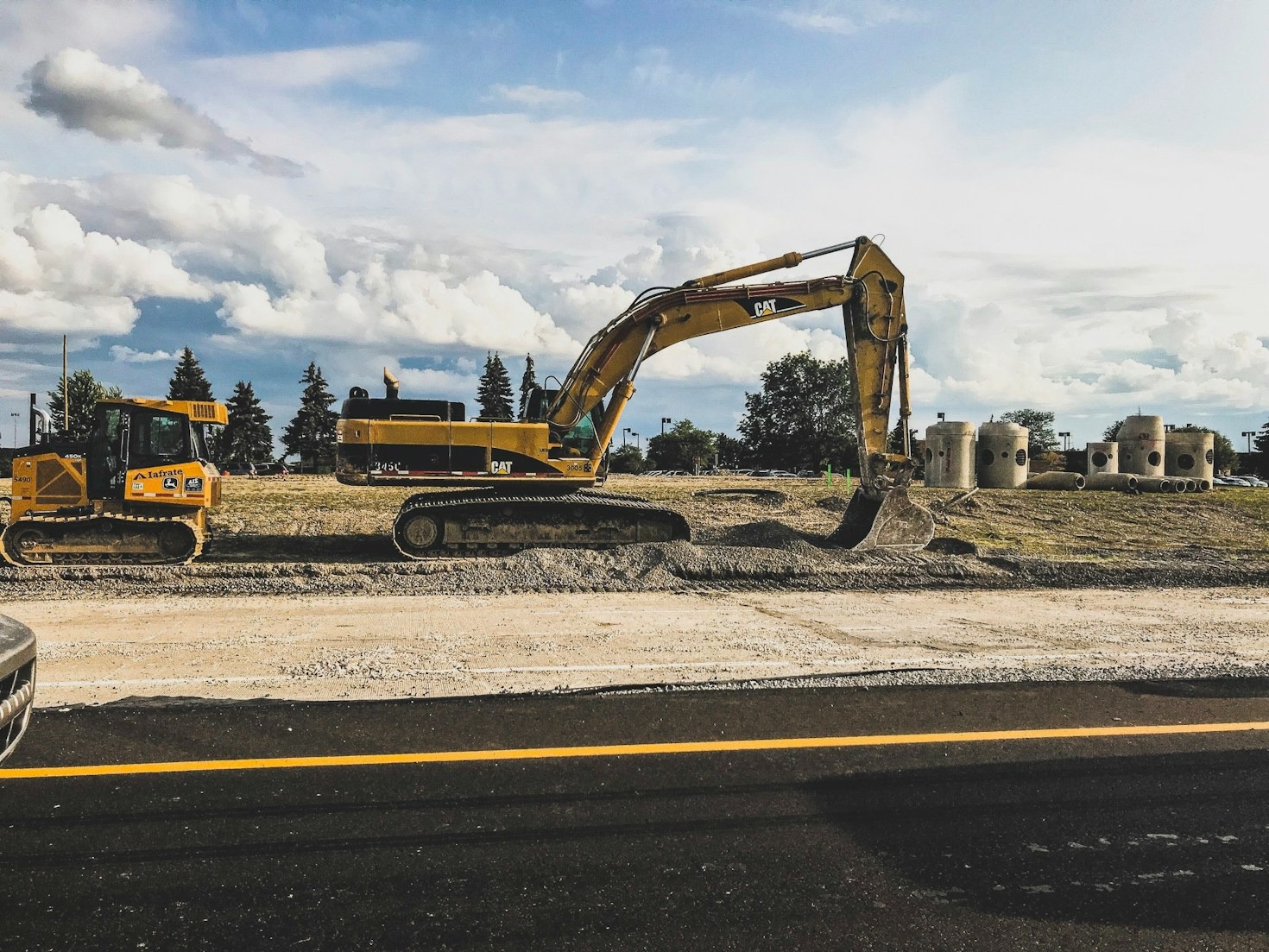In the construction industry, the use of eco-friendly materials has gained significant attention due to increasing environmental concerns and the push for sustainability. As the world faces challenges like climate change, resource depletion, and waste generation, there is a growing demand for materials that reduce the environmental impact of building projects. This article explores the role of eco-friendly materials in construction, their benefits, and examples of sustainable options that are transforming the industry.
1. The Need for Eco-Friendly Construction Materials
Traditional construction materials such as concrete, steel, and wood have a significant environmental footprint. Concrete, for example, is responsible for a large portion of global carbon emissions due to the energy-intensive processes involved in its production. The extraction and transportation of raw materials like sand and gravel also lead to habitat destruction and resource depletion. With the construction sector contributing substantially to environmental degradation, there is an urgent need for more sustainable alternatives.
2. Benefits of Using Eco-Friendly Materials
The use of eco-friendly materials in construction offers numerous benefits that extend beyond environmental impact:
- Reduced Carbon Footprint: Eco-friendly materials typically have a lower carbon footprint compared to traditional alternatives. For instance, using recycled materials or natural alternatives to cement can significantly reduce CO2 emissions.
- Energy Efficiency: Many eco-friendly materials have insulating properties that help reduce the energy consumption of buildings by maintaining temperature regulation, reducing the need for heating and cooling.
- Resource Conservation: Sustainable materials are often made from renewable or abundant resources, reducing the depletion of finite materials like fossil fuels and rare minerals.
- Improved Indoor Air Quality: Eco-friendly materials like low-VOC paints and non-toxic finishes contribute to healthier indoor air quality, which is essential for the well-being of building occupants.
- Waste Reduction: Many eco-friendly materials are recycled or biodegradable, helping to reduce the amount of construction waste sent to landfills.
3. Types of Eco-Friendly Materials in Construction
There are a variety of sustainable materials available, each offering unique advantages. Some of the most popular eco-friendly options include:
- Bamboo: Known for its fast growth and high strength-to-weight ratio, bamboo is an excellent alternative to traditional wood. It is highly sustainable, renewable, and can be used in a variety of construction applications, from flooring to structural beams.
- Recycled Steel: Steel is one of the most commonly recycled materials in construction. Using recycled steel reduces the need for raw materials and reduces energy consumption during production, making it a more sustainable option than virgin steel.
- Rammed Earth: A construction method that uses compacted earth, rammed earth is an energy-efficient and natural alternative to concrete. It provides excellent insulation and thermal mass, helping to regulate indoor temperatures.
- Recycled Plastic: Plastic waste can be repurposed into construction materials like bricks, tiles, and insulation. This not only helps reduce plastic waste but also creates durable and lightweight building components.
- Straw Bales: Straw bales are an environmentally friendly insulation material. They are renewable, biodegradable, and provide excellent thermal insulation, making them ideal for use in walls and roofs.
- Hempcrete: Made from hemp fibers and lime, hempcrete is a lightweight, non-toxic, and highly insulating material. It is also carbon-negative, meaning it sequesters more CO2 than it emits during production.
- Sustainable Timber: Timber from sustainably managed forests offers a renewable resource for construction. Certified wood products, such as those with FSC (Forest Stewardship Council) certification, ensure that the wood comes from responsibly harvested forests.
4. The Future of Eco-Friendly Materials in Construction
As technology advances, the development of new eco-friendly materials continues to evolve. Innovations like 3D-printed buildings and the use of algae-based concrete or carbon-neutral alternatives to cement show promising potential for the future of sustainable construction. The integration of digital tools such as Building Information Modeling (BIM) also allows for more efficient design and material selection, optimizing the use of eco-friendly options in construction projects.
Governments, industry leaders, and organizations are also promoting sustainable construction through incentives, regulations, and green building standards like LEED (Leadership in Energy and Environmental Design), which encourage the use of eco-friendly materials and practices.
Conclusion
Eco-friendly materials are crucial in the pursuit of a sustainable and environmentally responsible construction industry. They offer solutions to the growing environmental concerns while providing numerous benefits such as energy efficiency, reduced carbon emissions, and improved indoor air quality. By adopting these materials, the construction industry can contribute to a greener future, reducing its environmental impact and creating buildings that are not only functional but also sustainable for generations to come.


Leave a Reply